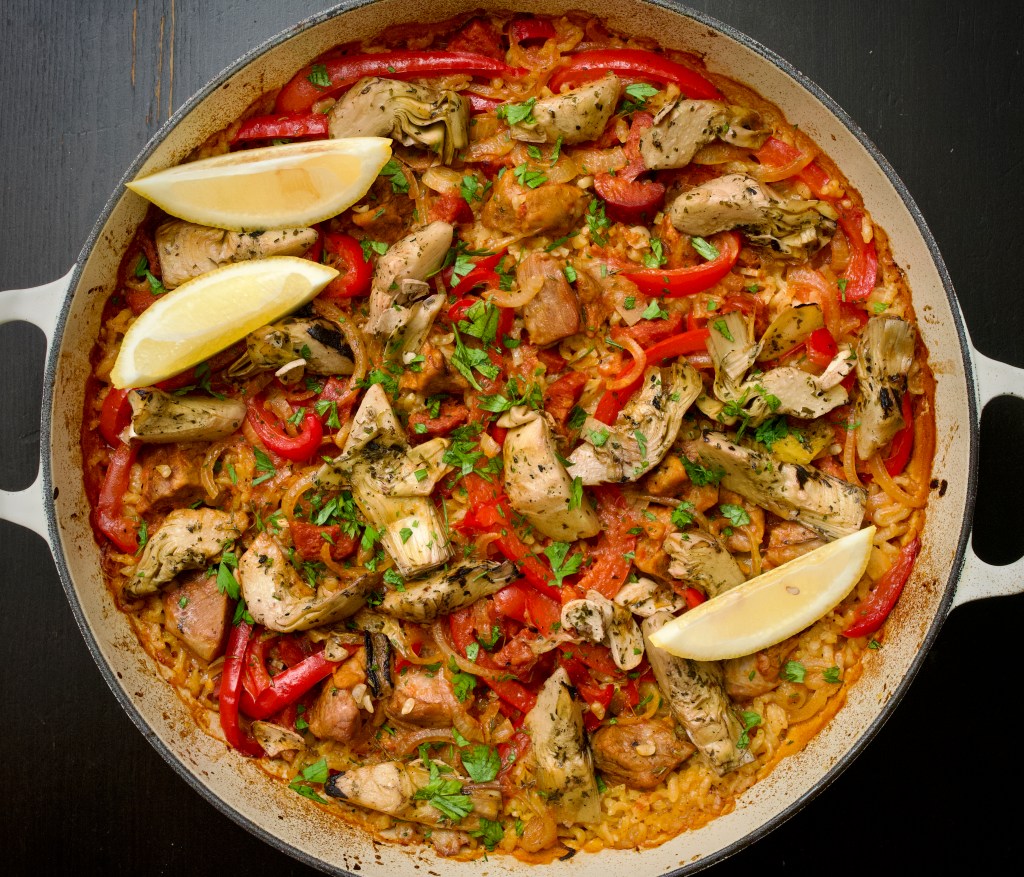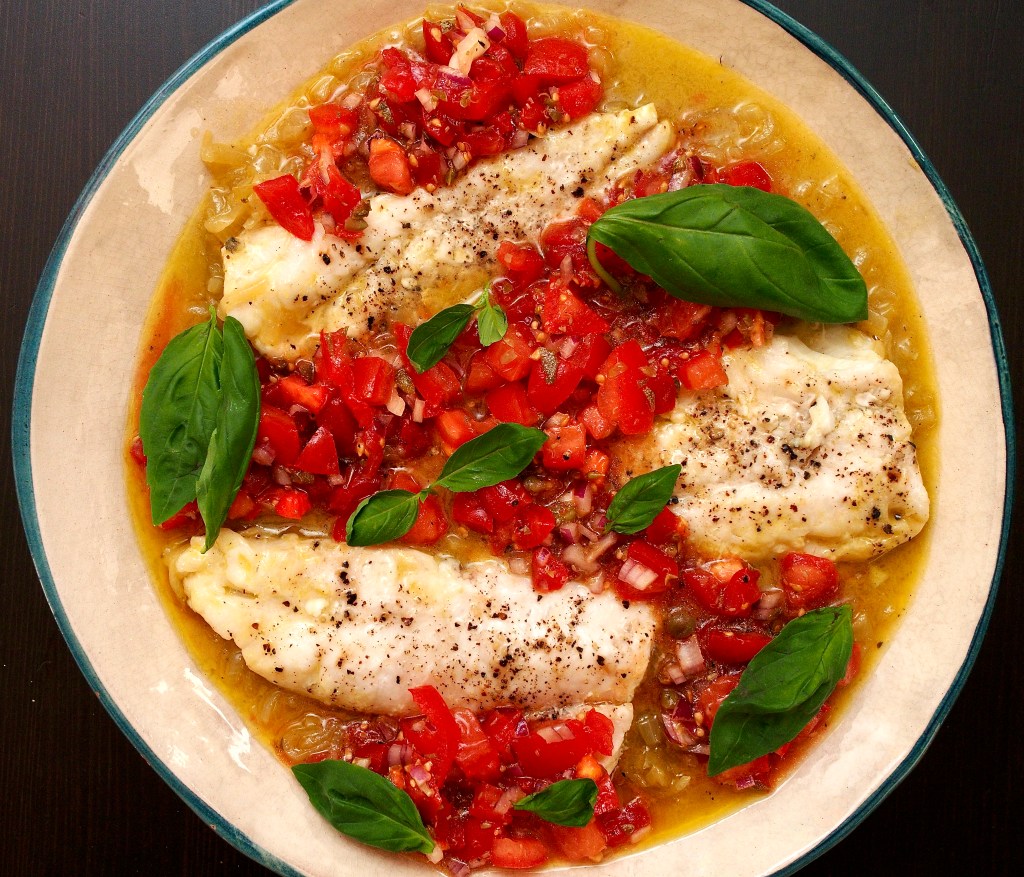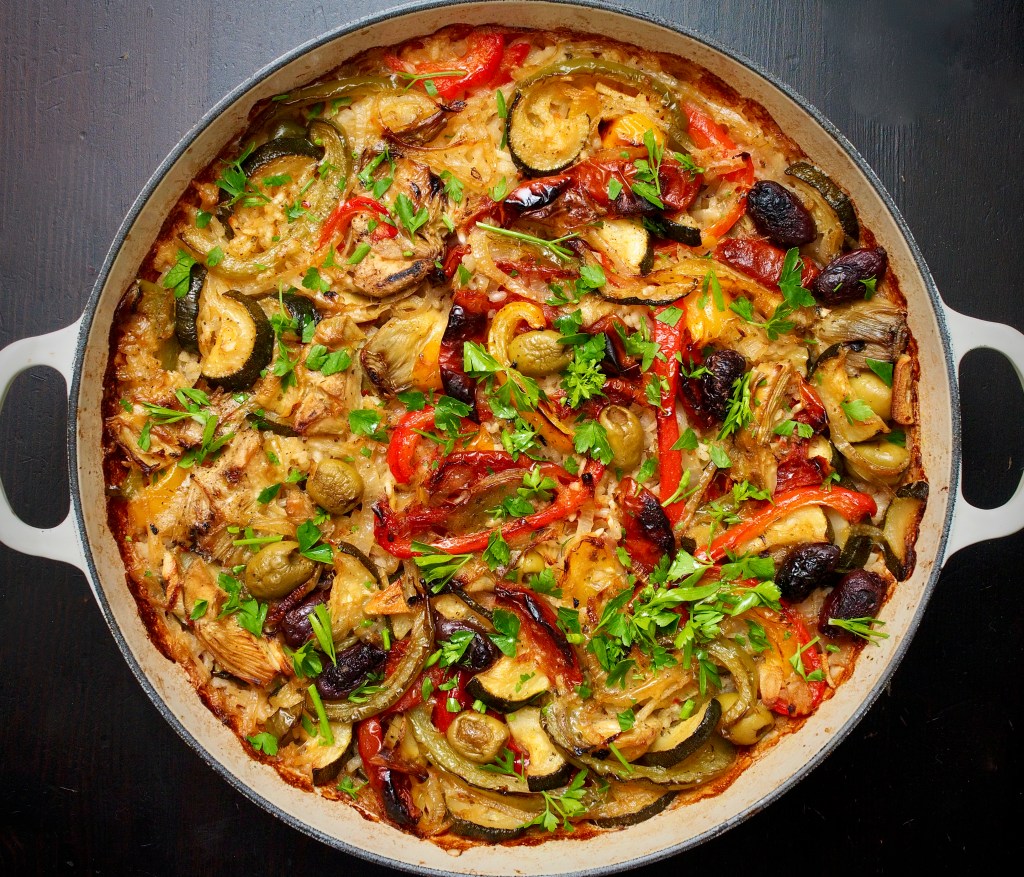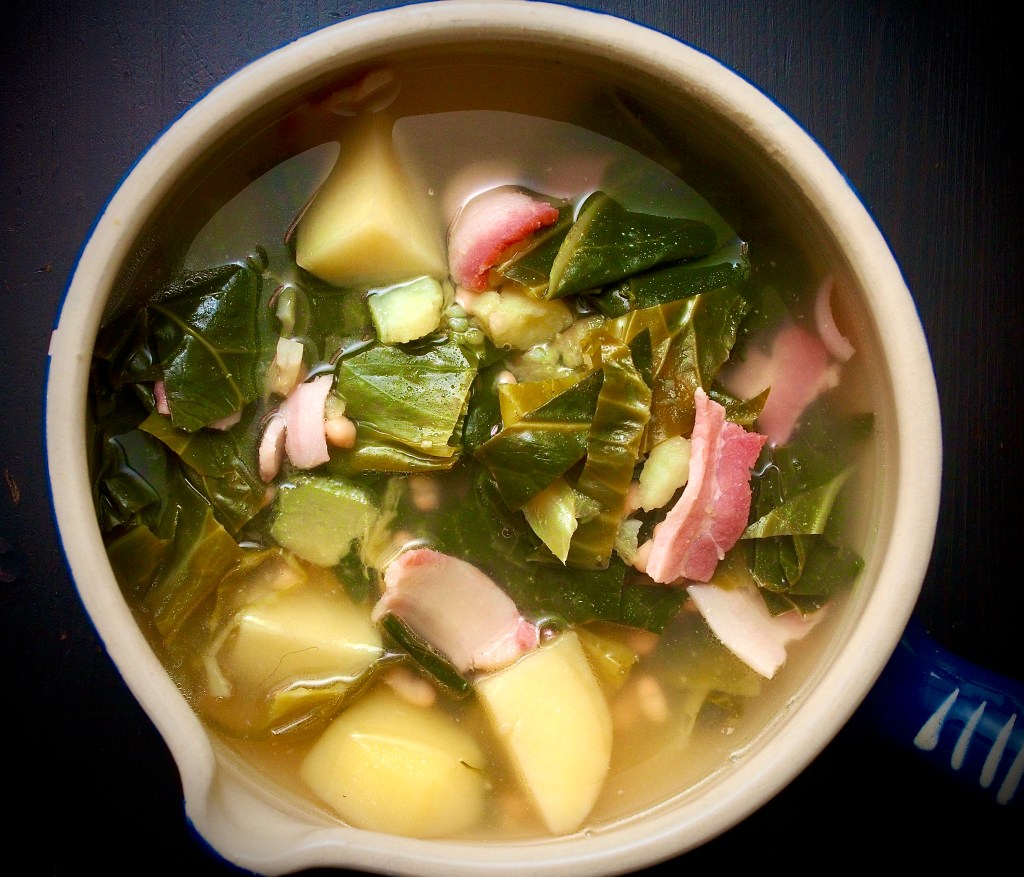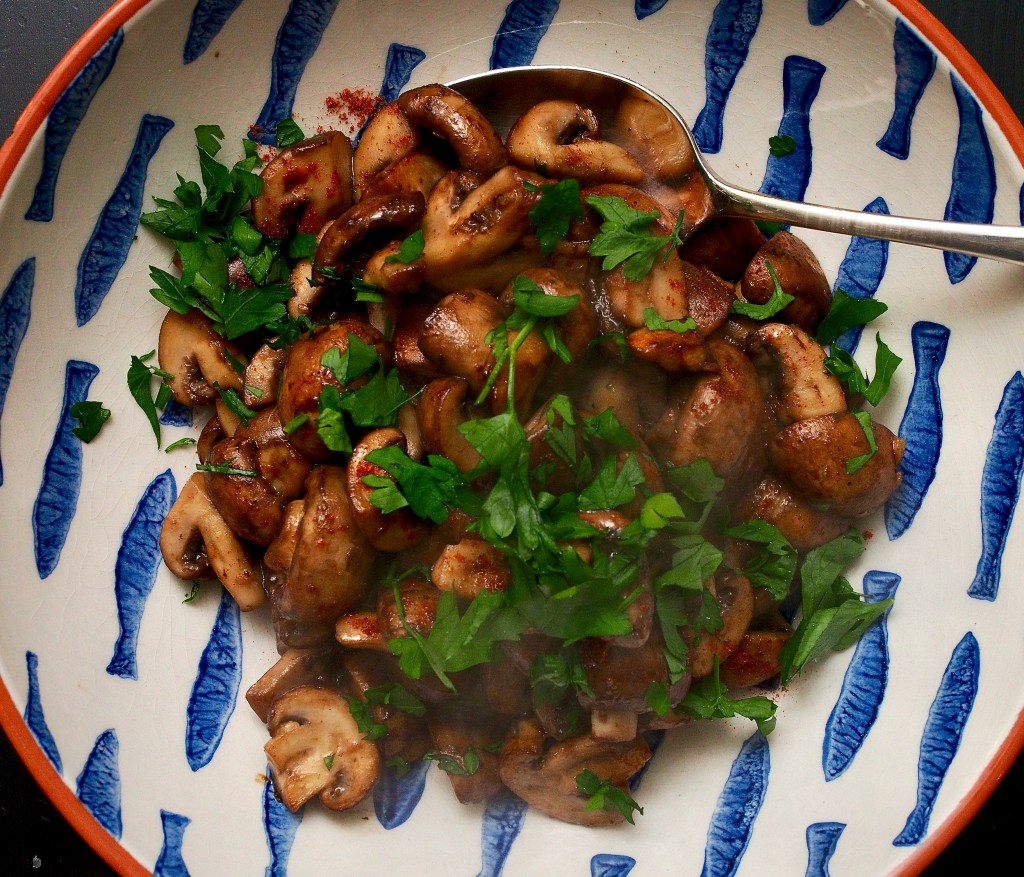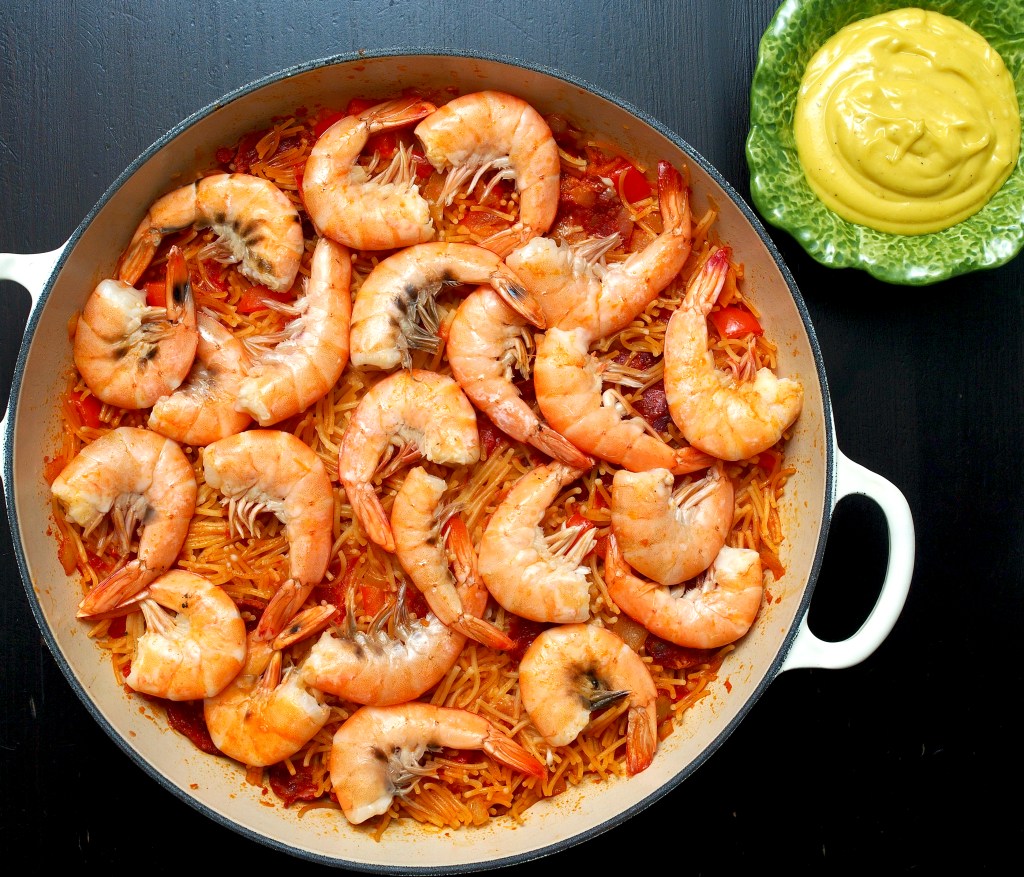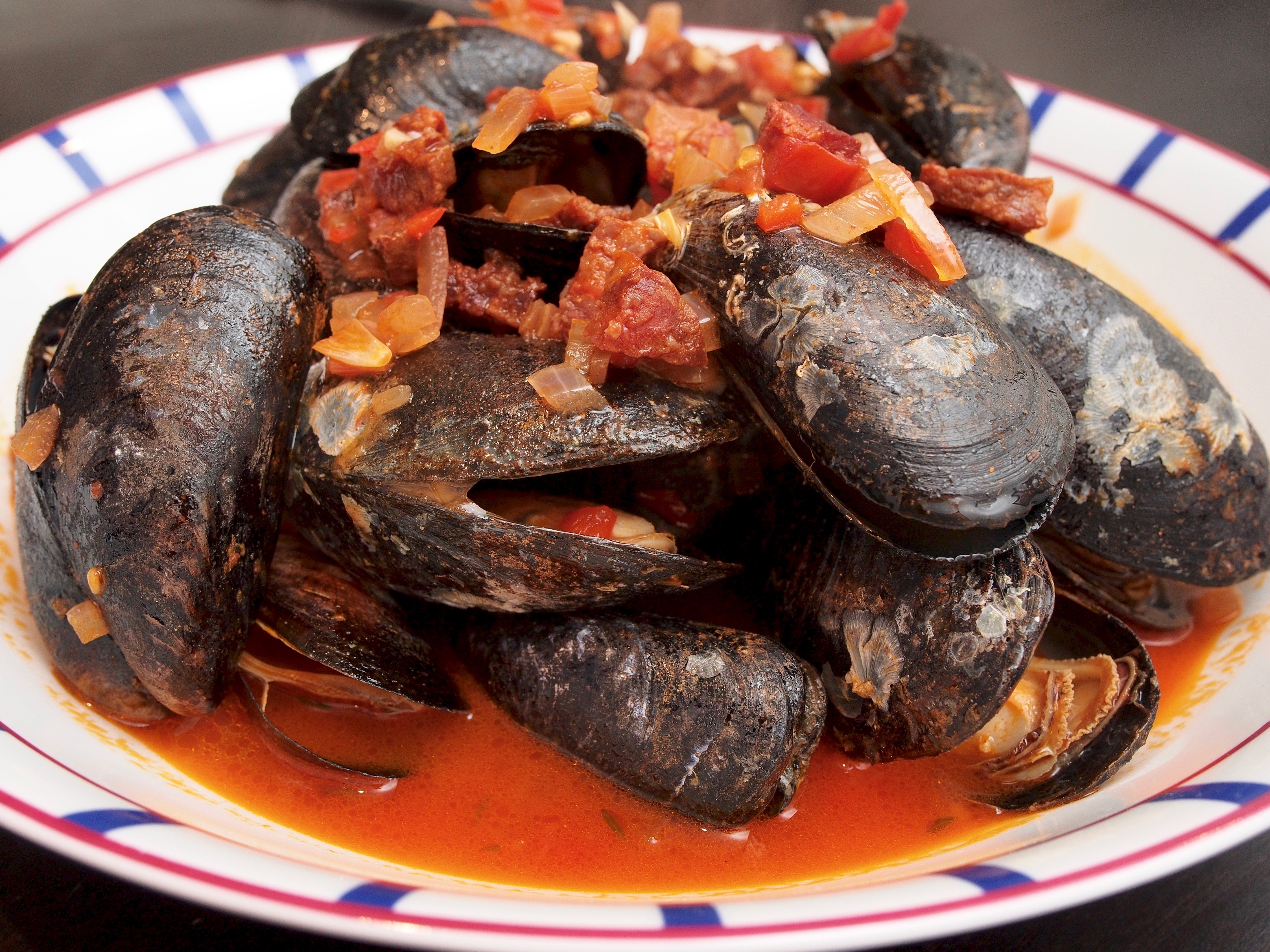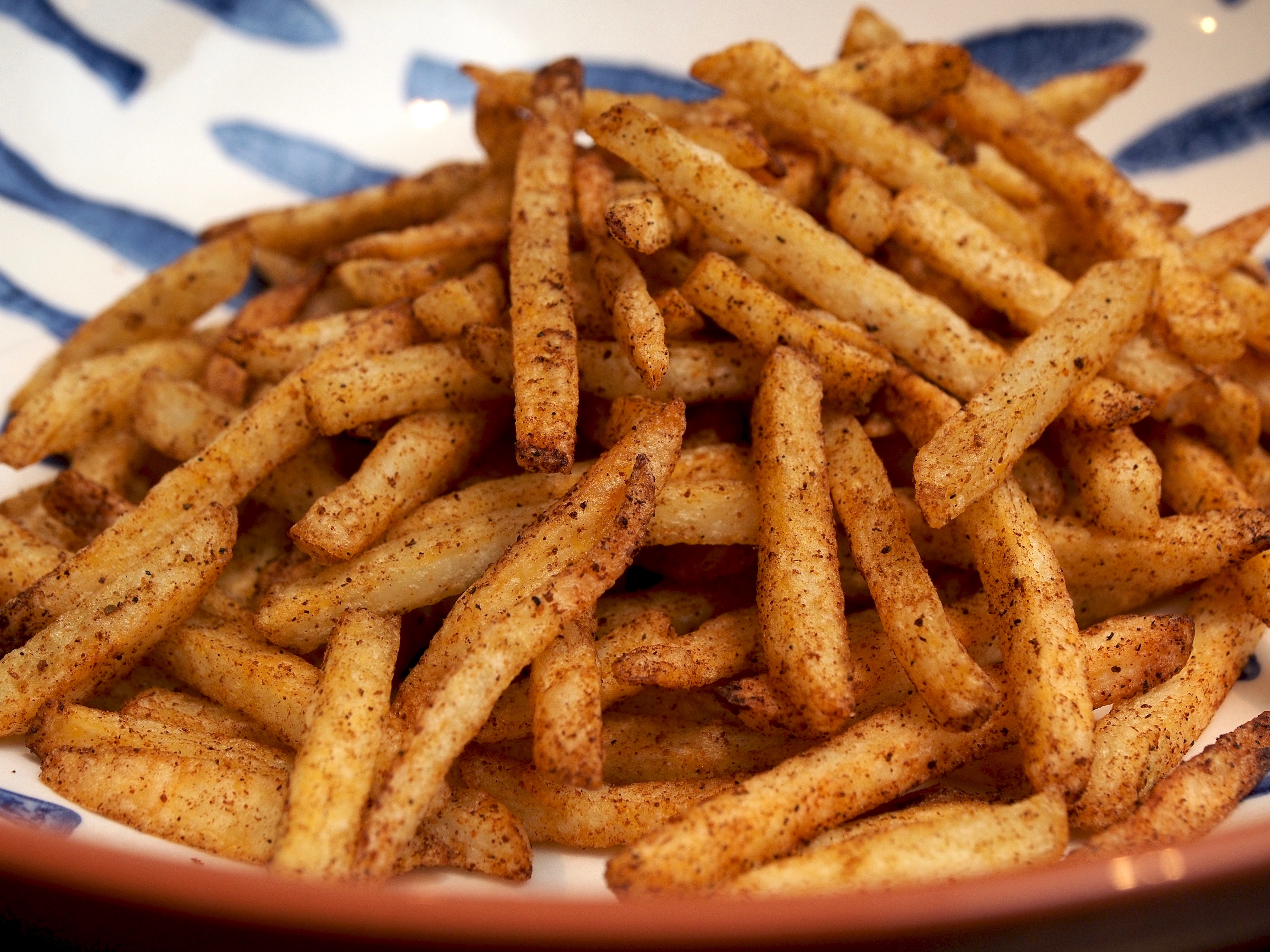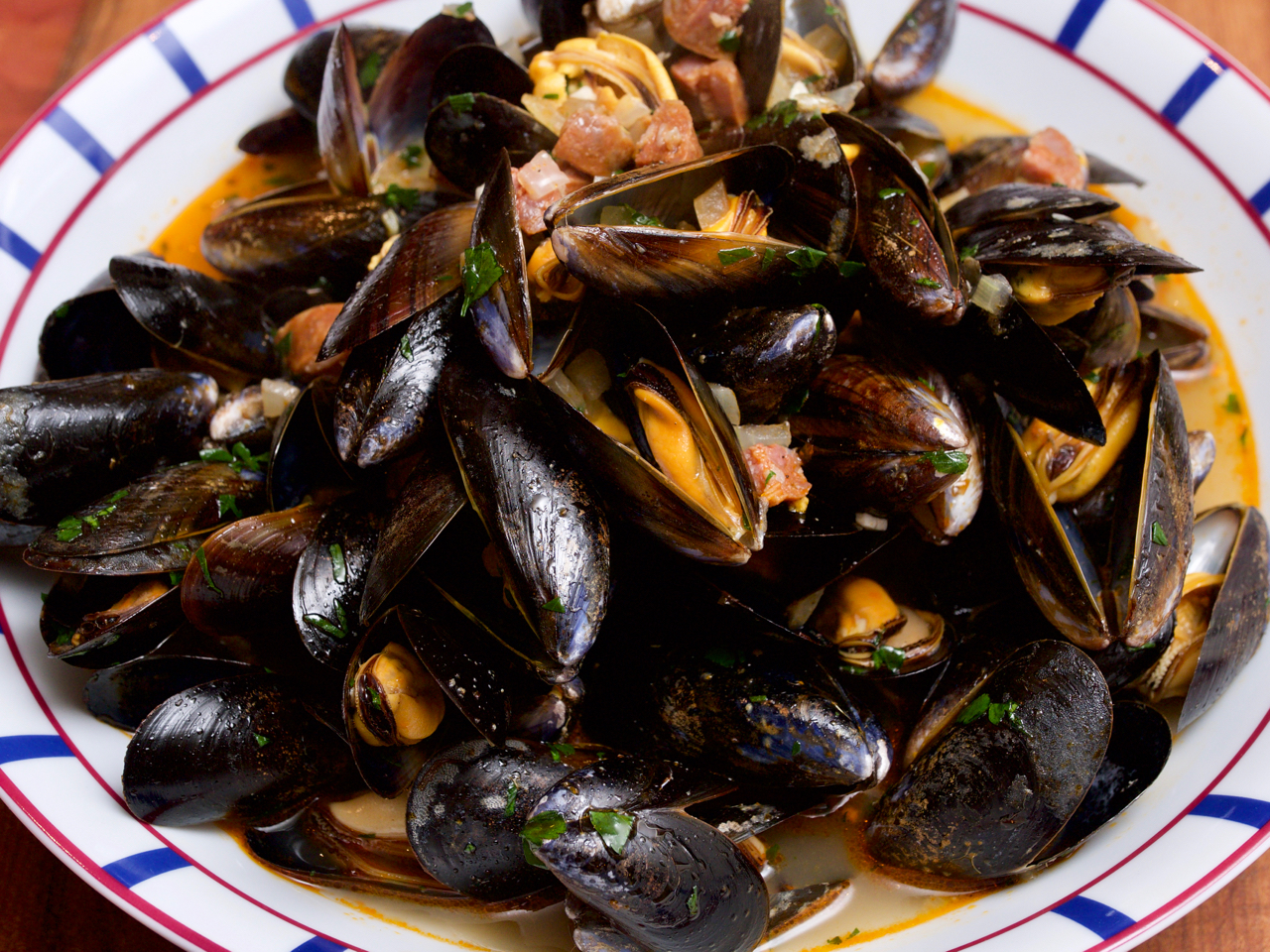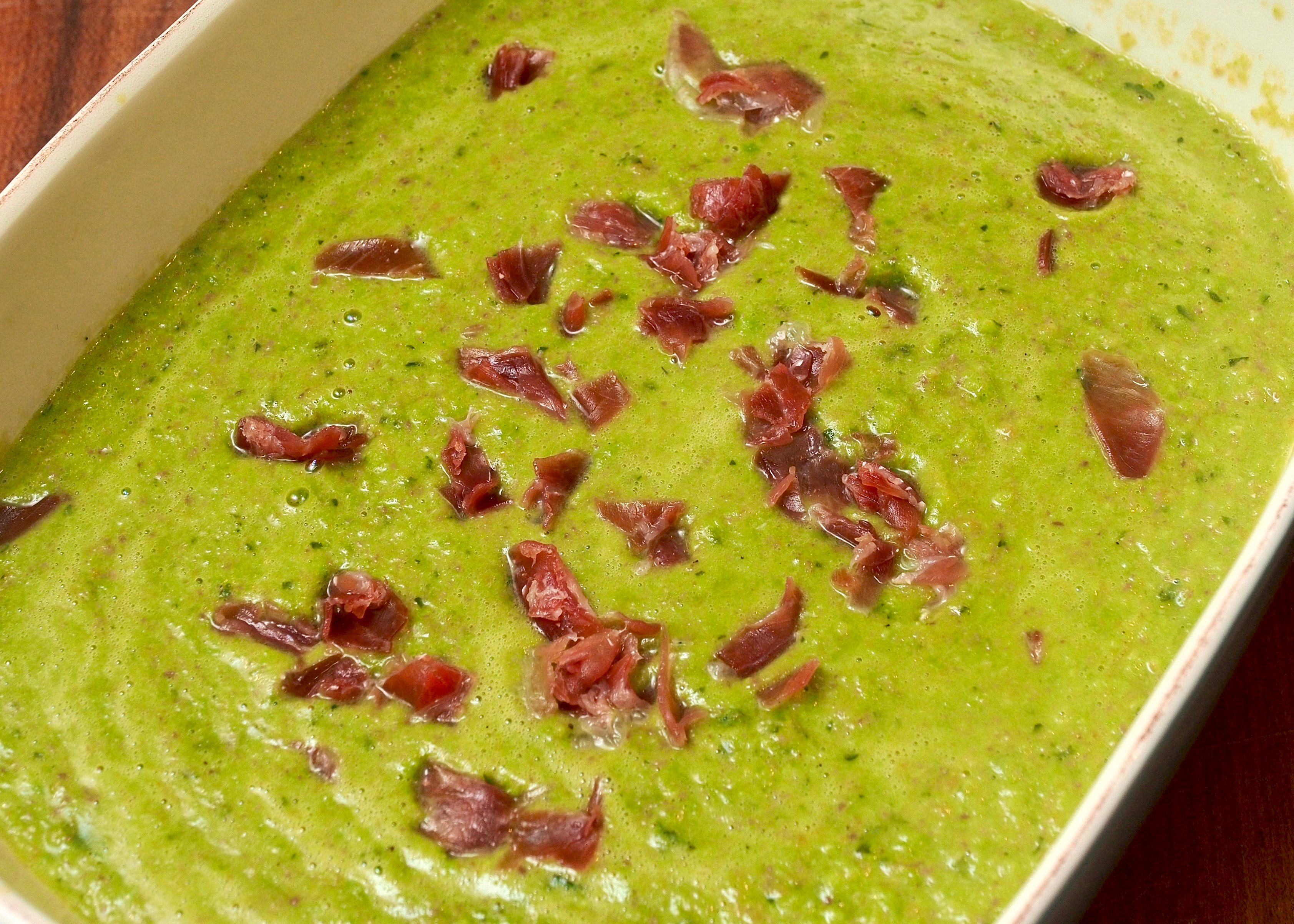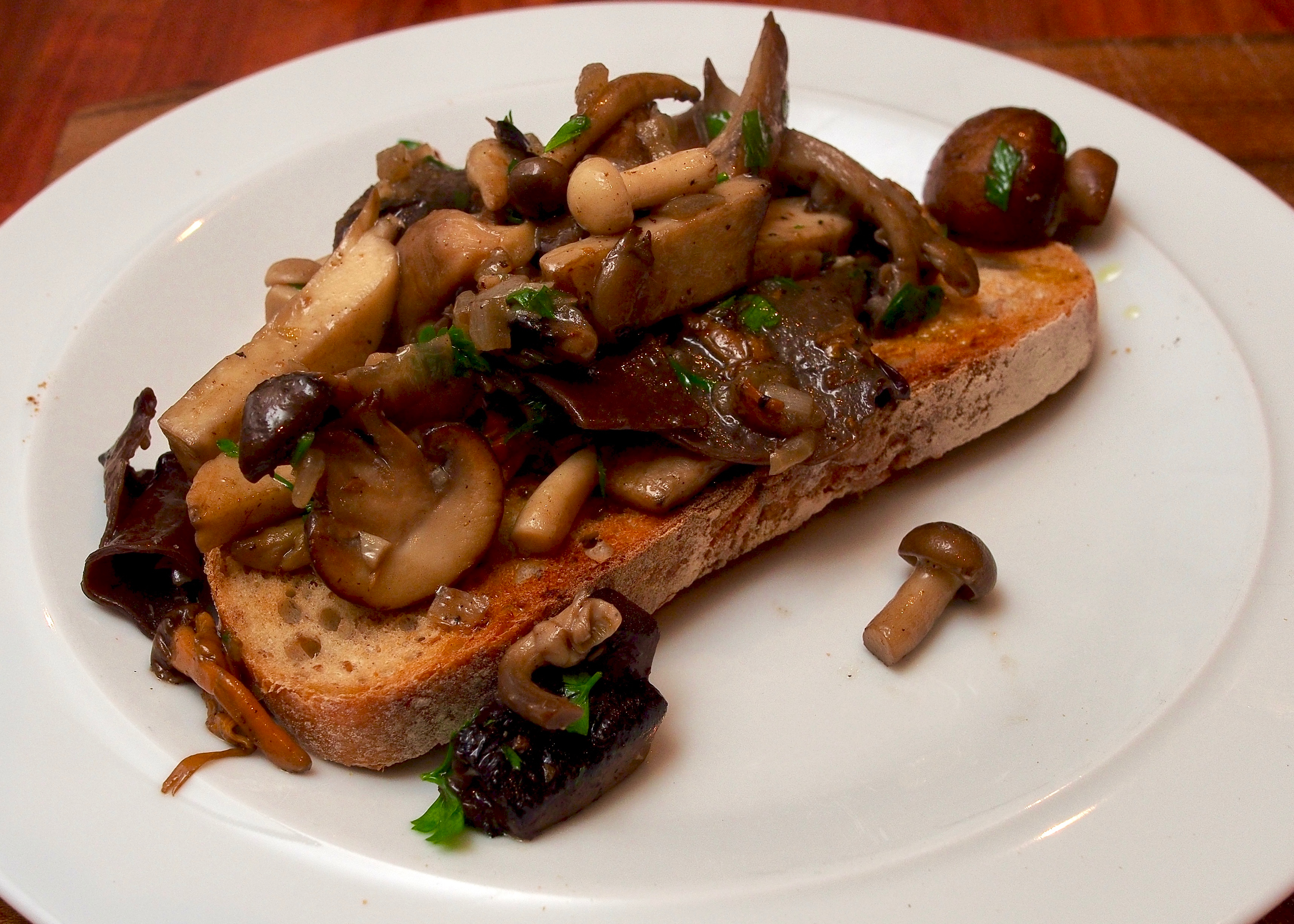
Who doesnt love a chicken drumstick? These ones have a delicious Spanish inspired marinade. Serve with some alioli if you like.
Wine suggestion: when choosing wines to go with dishes we often start with the idea that the origin of the dish lends itself to similar wines, in this case Spain. So on this note we went for Edetària’s via Edetana Red which is a joyful and deep expression of Garnacha Fina and Garnatxa Peluda, two very closely related varieties of Grenache. It has both a purity and freshness alongside an earthiness and rounded, velvety spices; medium bodied so it didn’t overwhelm the chicken and worked alongside the marinade. An interesting aside, the very rare Garnatxa Peluda found only in Terra Alta is also called “Hairy Grenache” as the leaves are velvety.
BBQ Drumsticks – serves 4
- 8 chicken drumsticks
- lemon wedges, to serve
For the marinade:
- 50ml olive oil
- 4 cloves of garlic, crushed
- 4 bay leaves
- 1 tsp dried oregano
- 1 tsp chilli flakes
- 1 tsp black peppercorns, lightly crushed
- 100ml fino sherry
- salt
Mix all the marinade ingredients together and add plenty of salt.
Add the drumsticks and rub the marinade in with your hands. Cover and leave in the fridge overnight or for at least 3 hours.
Remove the chicken from the fridge an hour before you want to cook it. Brush the marinade off the chicken and reserve it for later.
Prep your barbecue to allow for indirect and direct cooking. Put the chicken pieces over the indirect heat to start and cover with a lid. Allow to cook for 30 minutes, turning regularly.
Move the chicken onto the direct heat and cook for another 15-20 minutes until cooked through and nicely charred. Baste often with the reserved marinade.
Serve with the lemon wedges and some alioli if you like.
(Original recipe from The Hairy Bikers’ Mediterranean Adventure by Si King & Dave Myers, Seven Dials, 2017.)
